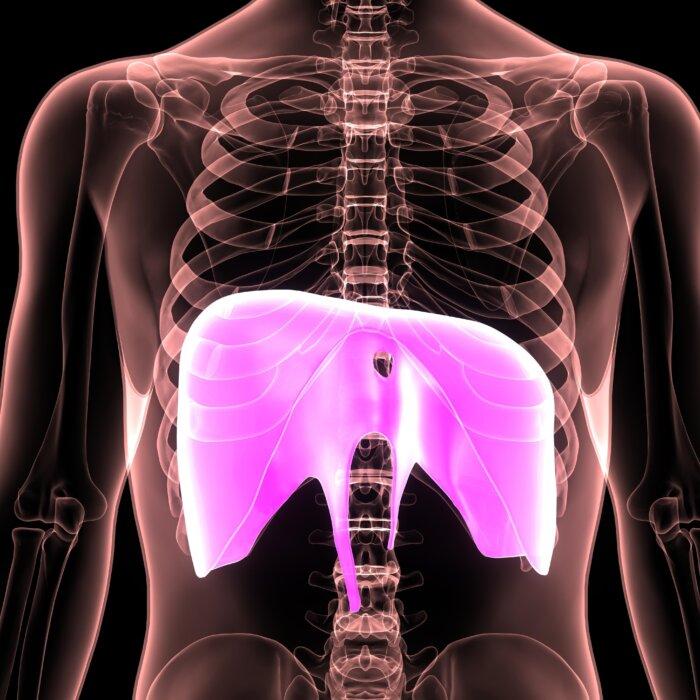The Science of Breath: More Than Just Oxygen
A single deep breath. Simple, isn’t it? But a whole world of science is happening with that one inhale and exhale, a process that repeats more than 20,000 times per day.“No matter what we eat, how much we exercise, how resilient our genes are, how skinny or young or wise we are—none of it will matter unless we’re breathing correctly,” James Nestor, author of “Breath: The New Science of a Lost Art,” said. “The missing pillar in health is breath. It all starts there.”
Oxygen: The Cellular Lifeline
Oxygen is a fundamental element for life and plays a critical role in the body’s functions. “Every healthy cell in the body is fueled by oxygen,” Mr. Nestor reminds us.When we breathe in, air enters the lungs and reaches the alveoli, tiny sacs that transfer oxygen to the blood. From there—bound to hemoglobin molecules in red blood cells—it races through the bloodstream, destined for every corner of the body. The final destination? Trillions of cells, each awaiting its share of this essential element.
The process is efficient, but not overly so. Mr. Nestor notes, “While breathing normally, the lungs only absorb about 25 percent of the available oxygen.” This efficiency speaks to a delicate balance evolved over millennia. Our bodies harness just enough oxygen to fuel metabolic processes without tipping into excess.
Blood oxygen levels signify the body’s efficiency in distributing oxygen from the lungs. Measurable by a pulse oximeter, a device that clips onto a finger, these levels should typically range between 95 percent and 100 percent. Levels below 90 percent may signal a health concern.
Oxygen levels can also be gauged via an arterial blood gas test, drawing blood from an artery. Healthy levels range from 75 to 100 millimeters of mercury (mm Hg). Levels below 60 mm Hg indicate hypoxemia, a condition characterized by low blood oxygen.
Mr. Nestor cautions against the misconception that more oxygen is always better, citing an oxygen bar as an example. “Breathing pure oxygen has no benefit whatsoever to a healthy body. Pure oxygen is only helpful for those at altitude or sick.”
The Underrated Role of Carbon Dioxide in Breathing
Contrary to common belief, which prioritizes oxygen, Mr. Nestor emphasizes the underappreciated role of carbon dioxide (CO2) in breathing. He asserts, “Carbon dioxide is, in fact, a more fundamental component of living matter than is oxygen.”CO2 is crucial for the effective use of oxygen. It enables oxygen’s release from hemoglobin into tissues, a critical step for cellular health. This is especially relevant for those who overbreathe, leading to an imbalance of too much oxygen and not enough CO2.
Modern lifestyles contribute to a trend of overbreathing, disrupting the oxygen–CO2 balance in the body. Mr. Nestor links this to health problems such as high blood pressure. He advocates for the efficiency of breathing, focusing on the balance of gases, which for most of us means breathing less.
“Just as we’ve become a culture of overeaters, we’ve also become a culture of overbreathers,” Mr. Nestor writes. He suggests that the remedy for increasing carbon dioxide levels in the body is counterintuitive—it involves breathing less.
The Mechanics of Breathing: Spotlight on the Diaphragm
“Breathing is not just biochemical,” Mr. Nestor explains in a discussion with breathwork instructor Mike Maher. “It’s biomechanical.”The act of breathing is largely driven by a crucial yet often overlooked muscle: the diaphragm.
The diaphragm, a dome-shaped muscle located just below the lungs and heart, plays a pivotal role in breathing. When you inhale, the diaphragm contracts and flattens, creating a vacuum that allows the lungs to expand and fill with air. This process is fundamental to the efficient exchange of oxygen and carbon dioxide in the body.
Conversely, when exhaling, the diaphragm relaxes and returns to its dome shape, helping to expel air from the lungs. This rhythmic movement is crucial for maintaining the respiratory cycle.
Optimal Breathing–Its Spiritual Connections
While there are many ways to breathe, Mr. Nestor recommends a technique that entails inhaling and exhaling for 5 1/2 seconds each, leading to a rate of about 5 1/2 breaths per minute. This approach is aligned with the body’s natural rhythms and is considered beneficial for health.Mr. Nestor’s research also intersects with traditional prayer practices in various cultures, which often incorporate rhythmic breathing. He said: “A last word on breathing. It goes by another name: prayer.” This observation suggests that these age-old practices, through their use of controlled and rhythmic breathing, may have unknowingly mirrored optimal breathing patterns, providing both spiritual and health advantages.
Tips for Optimal Breathing
- Nose Over Mouth: Always breathe through your nose whenever possible. Nasal breathing filters, warms, and humidifies air, making it better for your lungs.
- Slow Down: Reduce your breathing rate to between 5 1/2 and six breaths per minute. Aim for slower, deeper breaths to enhance oxygen uptake and carbon dioxide expulsion.
- Quiet Breathing: Focus on quiet, gentle breaths. Avoid loud or heavy breathing, which can lead to overbreathing.
- Consistent Rhythm: Maintain a consistent rhythm in your breathing, inhaling for about 5 1/2 seconds, then exhaling for 5 1/2 seconds. This helps regulate the body’s response to stress and maintain a calm, balanced state.
- Diaphragmatic Breathing: Engage your diaphragm while breathing. This deeper form of breathing is more efficient and promotes relaxation.
- Mindful Breathing: Be mindful of your breath. Regularly check in with your breathing patterns and adjust them to be slower and more relaxed.
- Breathing Exercises: Incorporate breathing exercises into your daily routine. Practices such as “box breathing” or “4-7-8 breathing” can help control breath and improve lung function.
- Posture Matters: Pay attention to your posture. Sitting or standing straight allows your lungs to expand fully, facilitating better breathing.
- Regular Practice: Make conscious breathing a regular practice. Like any skill, improving your breathing habits takes consistent effort and mindfulness.










